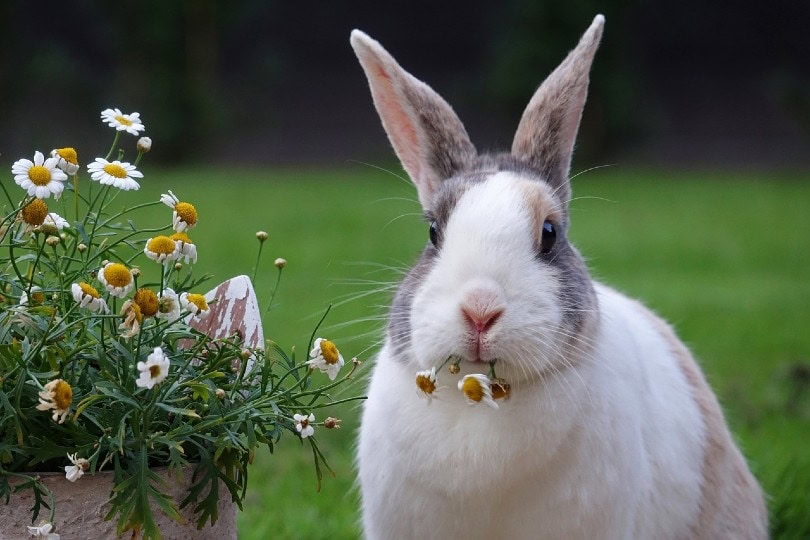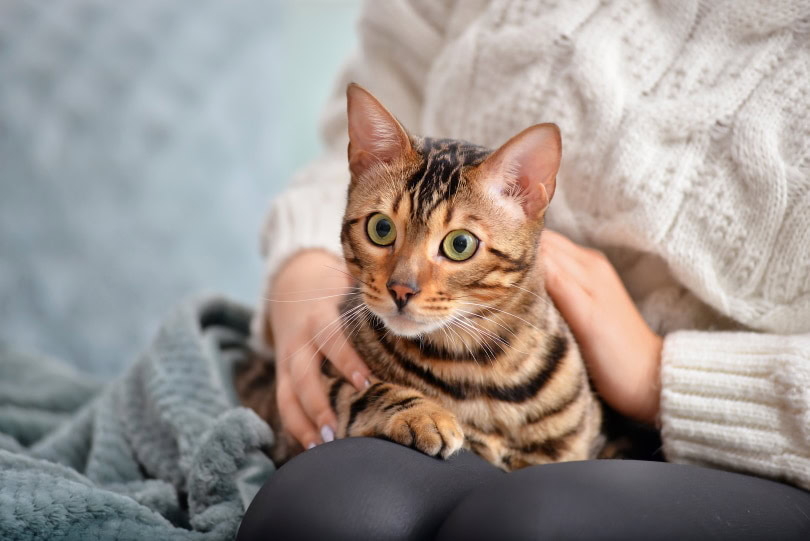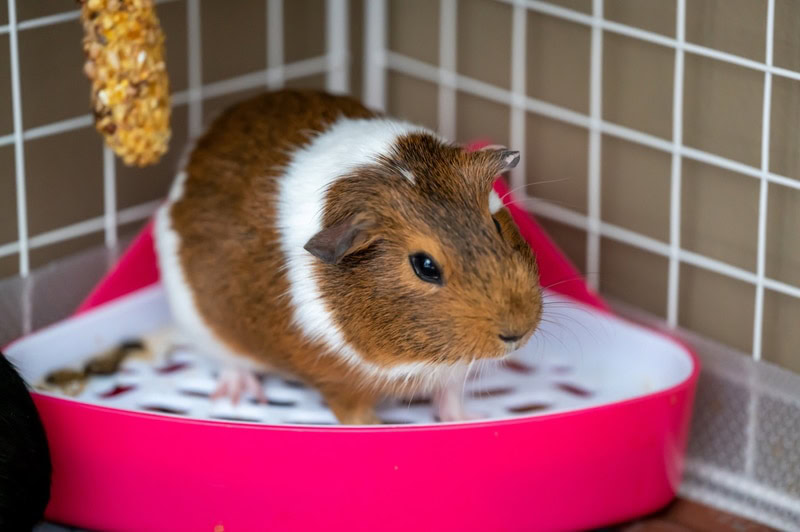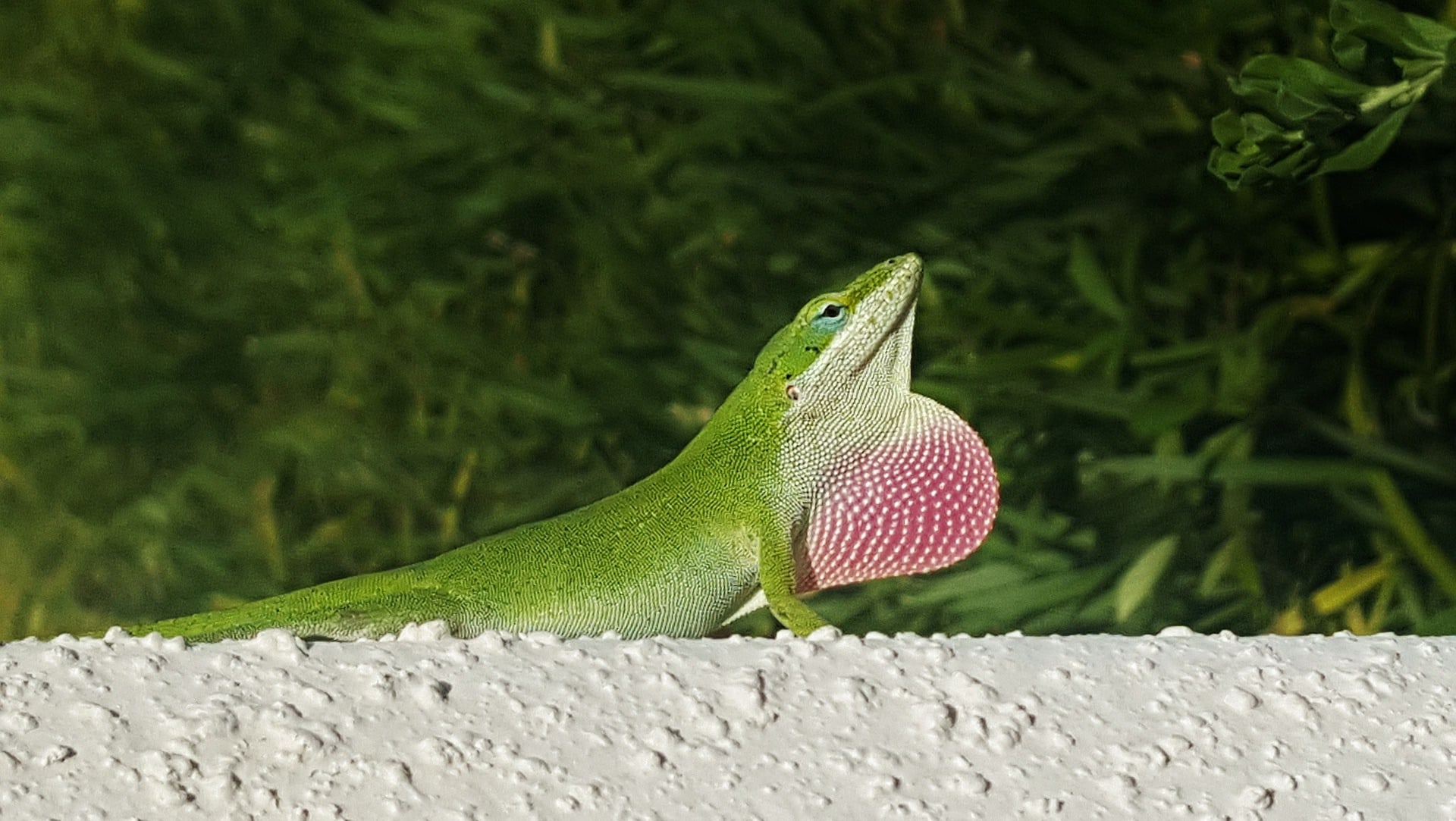VET APPROVED

The information is current and up-to-date in accordance with the latest veterinarian research.
Learn more »With their long ears, cottontails, and adorable hopping, rabbits are delightful to observe and keep as pets. Wild species don’t make great pets, but you can find several domesticated bunnies that enjoy interacting with humans.
Did you know that there are over 180 breeds of rabbits around the world? Check out this list for more rabbit facts, and see which ones surprise you!
The 36 Rabbit Facts
1. A baby rabbit is called a kit or kitten.
The female adult rabbit is called a doe, and the male adult rabbit is called a buck. While they may share their names with other animals, they’re all bunnies to us!
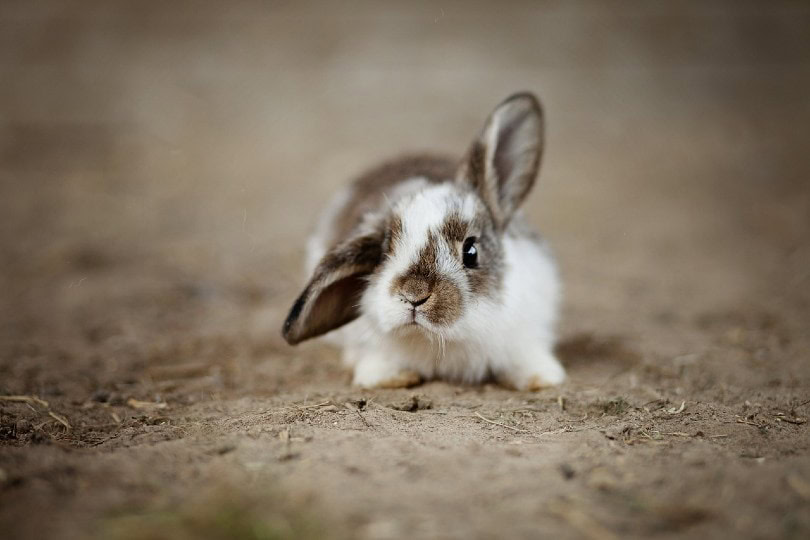
2. Some rabbits live underground in the wild.
This is where they’re safest from predators. They dig intricate tunnel passages and combine these tunnels with those of other rabbits. The tunnels have rooms attached to them where the rabbits live and nest. This network of rabbit burrows is called a warren.
3. Rabbits can rotate their ears 180 degrees to pinpoint the exact location from which a sound is coming.
A rabbit on high alert will have its ears sticking straight up and listening. A relaxed rabbit might have ears that droop slightly or even turn sideways. Terrified rabbits will put their ears straight back and flat to their bodies, trying to make themselves as small as possible.
4. In addition to enabling them to hear and perceive potential danger, a rabbit’s ears help regulate their body temperature.
When the rabbit is too hot, the blood vessels in the ears will expand to give off heat and cool it down. When it’s too cold, the blood vessels contract, helping to retain heat in the body.
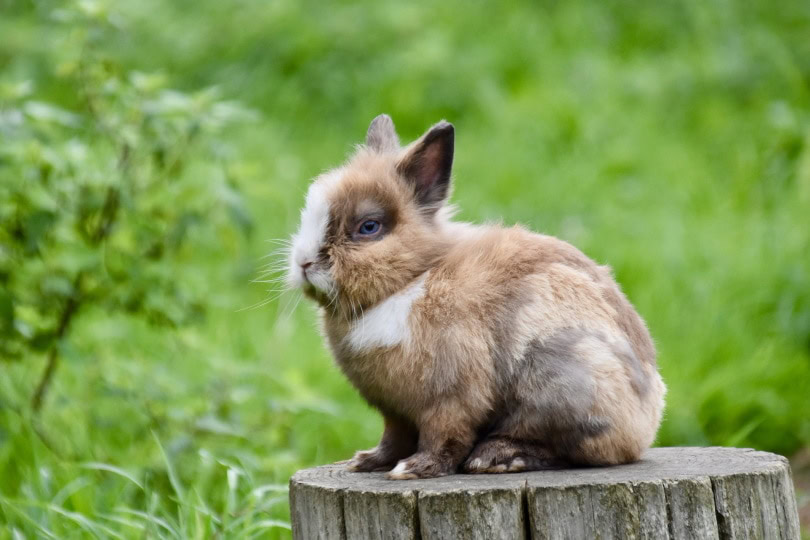
5. Bunny Island sounds like a dream, but it really exists.
Ōkunoshima is a small Japanese island known as Rabbit Island or Bunny Island, where over 1,000 buns live and multiply. Tourists can visit the rabbits. They’re primarily tame because they’re used to people feeding them. Hunting, hurting, or otherwise harming the rabbits is forbidden.
No other animals are allowed on the island to make sure the bunnies stay safe.
6. If you have a pet rabbit, you may be able to pet your friend, but most rabbits don’t like to be picked up or held.
Rabbits are naturally prey animals and don’t have many defenses. You may love your furry pet, but a bunny’s instinct is to be on high alert for predators. Picking them up can scare them and make them feel as though they are being captured.
7. Your bunny may not be a cuddler, but that doesn’t mean they don’t enjoy your company.
Rabbits like interactions with their owners and enjoy playtime and pets. Some rabbits like to cuddle next to you or sleep in your lap as long as they trust you and don’t feel confined.
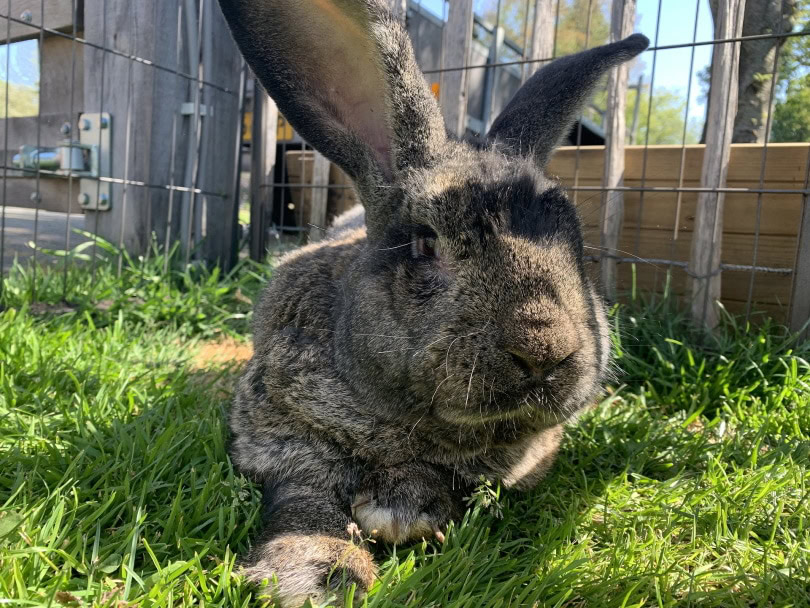
8. You may think they’re the strong, silent type, but rabbits have a wide vocal range and can make sounds, including growling.
When they’re happy, they make a sound similar to grunting. They can also squeal, whimper, hum, cluck, and hiss.
9. If it sounds like your rabbit is purring, they are—in a way.
Rabbits rub their teeth together when they’re happy, creating a purr-like sound. When cats purr, they’re usually happy and content, and the same is true for bunnies.
10. Rabbit teeth never stop growing.
Because of this, some think rabbits are rodents. They’re not, but they need help keeping their teeth short. In the wild, rabbits keep their teeth short by chewing on branches, bark, and stumps. As pets, you must provide your rabbit with wooden blocks, hay, and other chew toys.
Chewing helps them wear down their teeth. If all else fails and their teeth still get too long, a trip to the veterinarian is necessary for teeth trimming.
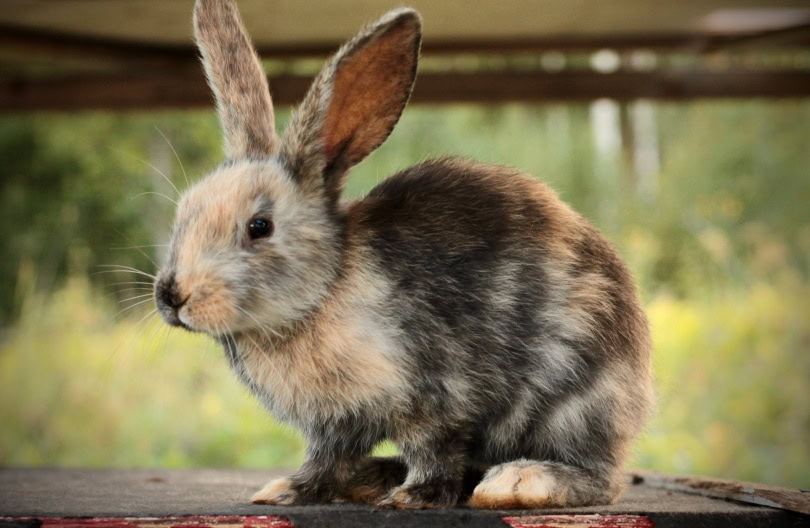
11. Bugs Bunny wasn’t telling the truth.
Rabbits may enjoy carrots as a snack but can’t live on them. Carrots are root vegetables and not part of their natural diet. Plus, carrots are high in sugar and not ideal to give to a rabbit that often. They can even cause tooth decay. Rabbits eat hay, grass, greens, and other fibrous foods as a standard diet.
12. Bunnies may hop along happily, but they can also jump with force.
A rabbit can use their back legs to jump as high as 3 feet in the air and 10 feet forward. That’s pretty incredible for such a small animal that lives so close to the ground.
13. Rabbits can use litter boxes.
Your furry friend can have more freedom around the house and not stay confined to a cage. Training usually only takes a couple of weeks. However, instead of regular cat litter, rabbit-friendly litter should be used.
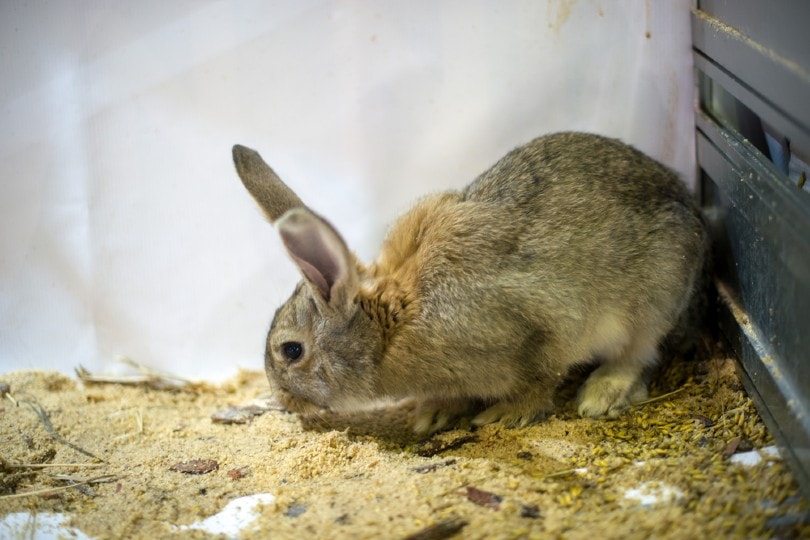
14. Bunnies are social creatures and choose to live in groups in the wild.
Not only do they combine their warrens and live together, but they also enjoy the company of people. If you have a pet rabbit, they probably want to have another rabbit friend. If that isn’t possible, spend as much time with your rabbit as you can to keep them from getting bored and lonely.
15. When rabbits are happy, they jump and sort of twist in the air.
Rabbits can rotate in the air as they leap. This is called a binky, which is an adorable name for an adorable movement.
16. A bunny’s eyes are on the sides of its head.
This gives them an almost 360° view of their surroundings. A rabbit can’t see directly in front of them, but they have a view of what’s happening around them, including behind. This helps them see if a predator is approaching. Since rabbits are prey animals, their vision is one of the primary senses that keep them safe.
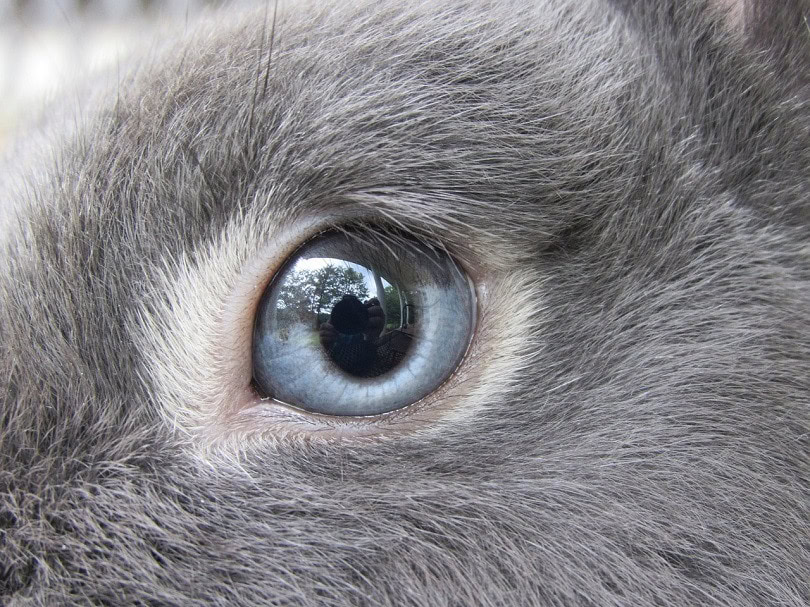
17. Wild rabbits have a lifespan of around 2 years.
Their lifespans are cut short due to predators, harsh weather elements, and diseases. As pets, rabbits can live to be 10 or older. Access to regular food, water, shelter, veterinary care, exercise, and entertainment can keep them healthy for a long time.
18. The term “bunny” is an Americanized name.
It was given to rabbits because it’s a cute name for a cute animal.
19. Rabbits groom themselves as cats do.
They lick their paws and clean their faces and ears. If you see a bunny doing this, be prepared for the cuteness overload. They use their tongues to clean the rest of their fur and usually groom themselves a few times a day.
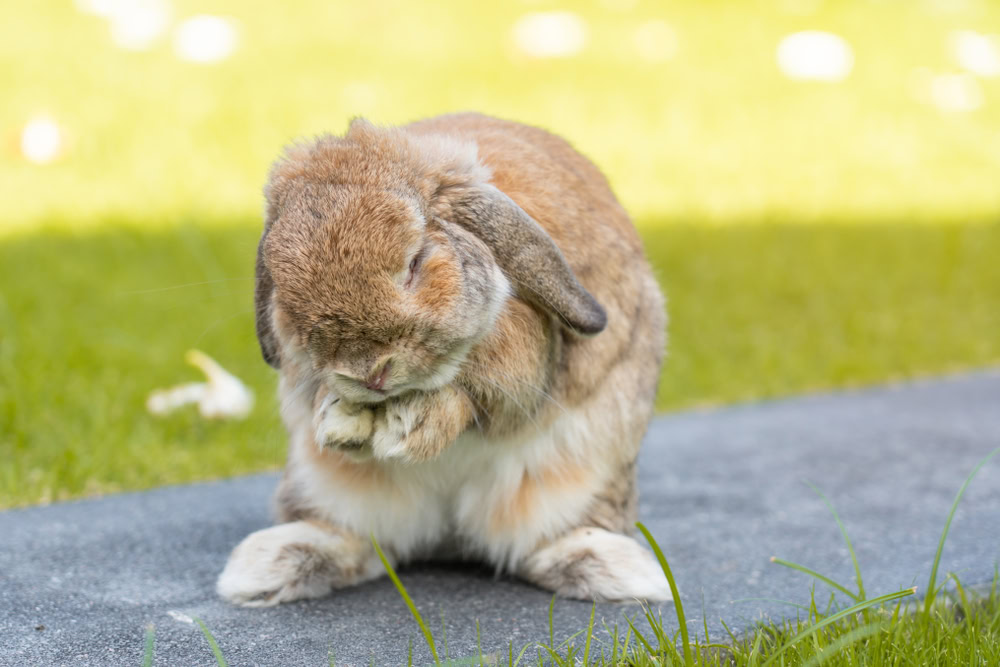
20. When rabbits are grazing, you might think that they’re vulnerable.
Rabbits sitting out in the open and eating while seemingly not paying attention to anything else can make it seem like they aren’t aware of their surroundings. But before rabbits choose a location to eat, they’ve already chosen their exit strategy.
Should danger appear, the rabbit will bolt to safety on the path that they’ve chosen to make a quick escape.
21. As they bolt away, they usually run in a zig-zag pattern.
It can look like they’re fleeing chaotically, unsure of where to go, but this is done intentionally. The zig-zagging confuses the predator, giving the rabbit more time to make a getaway.
23. Another thing that confuses predators is the rabbit’s cottontail.
This little white fluff ball is a stark contrast to the rest of their bodies. As they dash away, this flash of white distracts and confuses a predator. The tail causes the predator to constantly refocus its attention. Along with the zig-zagging, this buys the rabbit more time to escape.
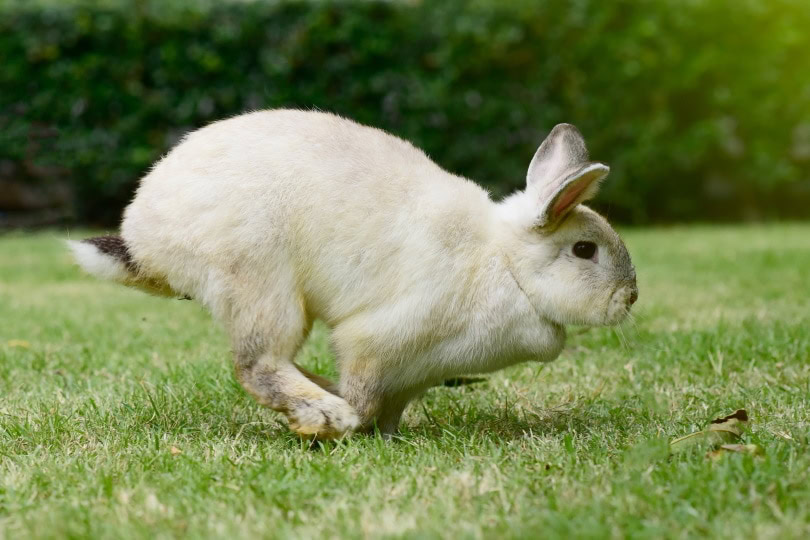
24. A rabbit’s tail is called a scut.
You may be unfamiliar with the term, but it doesn’t sound natural to say cotton scut rabbit.
25. Scent glands in the rabbit’s chin are used to mark territory.
If you see a rabbit rubbing their chin on something, that item is being claimed. Sometimes, it can be your pant leg or hand!
26. Rabbits flop when they feel content.
It’s time for relaxation when the bunny suddenly flops down on its side. Most rabbits only flop when they feel safe. Flopping makes them vulnerable, so they only do it when they feel safe.
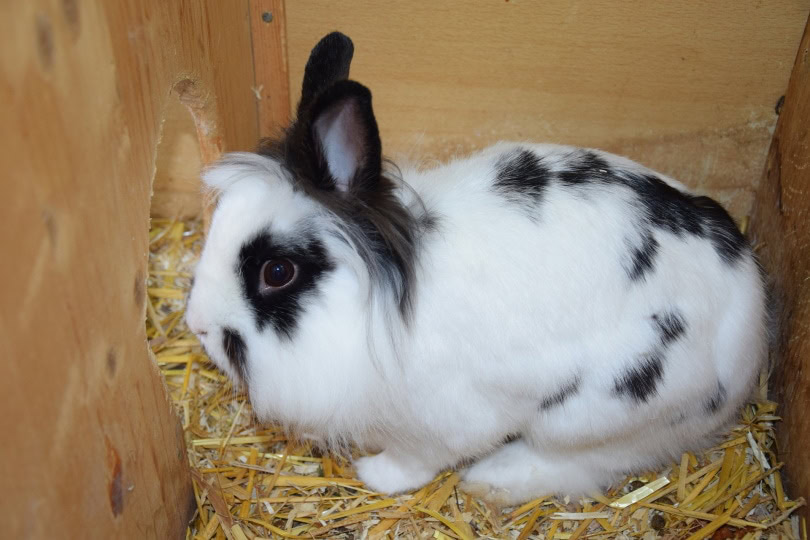
27. Rabbits can sleep with their eyes open.
This works to their benefit in two ways. First, with their eyes open, their light receptors are still working. Any change in lighting, like the shadow of a predator, will cause the rabbit to wake up and instantly see what’s happening.
Also, a predator, seeing the rabbit’s open eyes, will assume that the animal is awake and will be much less likely to try to attack. Rabbits can and do sleep with their eyes closed, but they must feel completely safe in their environment.
28. A rabbit can be scared to death.
They already have fast heartbeats, and something that really scares them can make it impossible for them to calm down, so they might have a heart attack.
29. Rabbits are affectionate.
They lick each other and humans to show their love.
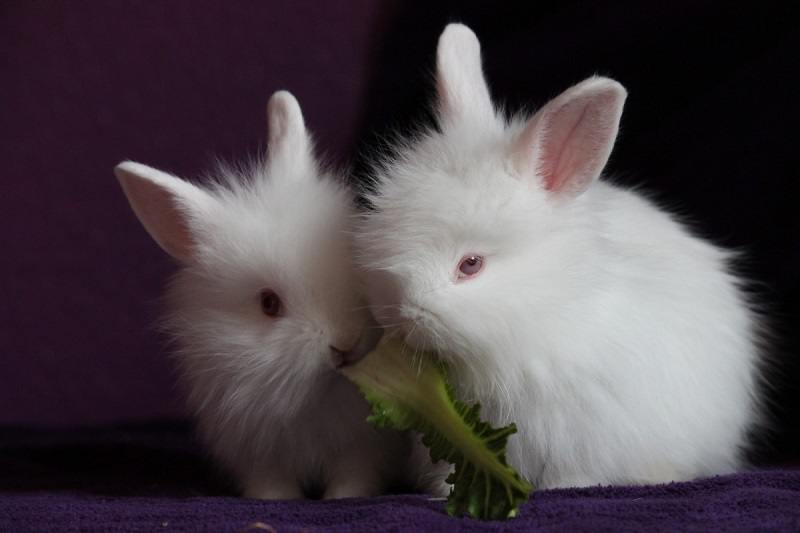
30. You’ll likely never win a staring contest with bunnies.
Rabbits only blink 10 times an hour! Humans blink that much or more in a minute.
31. Bunnies are crepuscular.
That means you’ll find them the most active during twilight hours, at dusk and dawn. They usually spend most of the daylight hours sleeping.
32. No playtime can lead to a bored and depressed bun.
In the wild, rabbits play with each other frequently. You can see them frolicking and chasing one another through the fields. As pets, playtime is still essential for them. If you’re considering getting a rabbit or already have one and don’t have much time to interact with them, another bunny friend is a good idea. Rabbits are social and like to hang out with others.
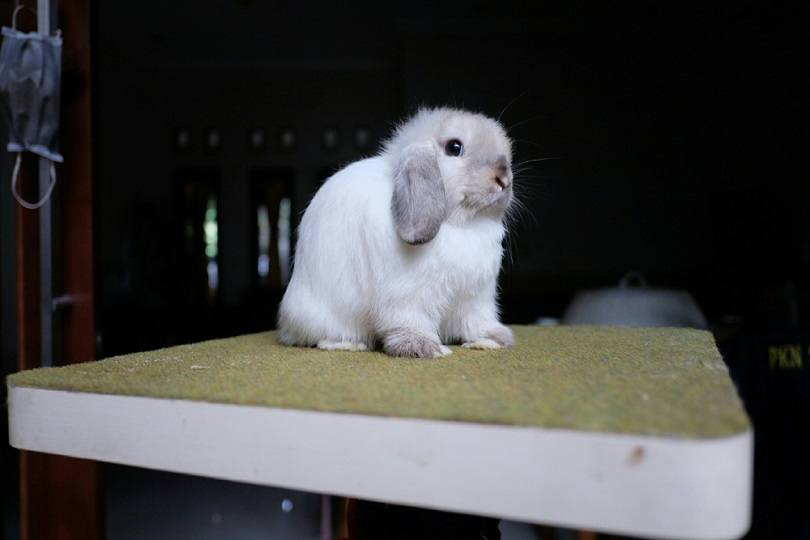
33. Male rabbits can be neutered, and females can be spayed.
That means you can keep them together without worrying about having more bunnies. Males and females do well together and enjoy each other’s company. They’re also much calmer without the need to breed.
34. Rabbits and guinea pigs don’t always get along.
They don’t communicate in the same ways, so their signals get crossed and misinterpreted. This can lead to aggressive behavior and stressed-out animals.
35. Rabbits need adequate space to exercise.
Pet rabbits must have proper space for running and hopping. If they don’t get enough exercise, especially when they’re young, their bones won’t develop properly and can easily break when the rabbits are older.
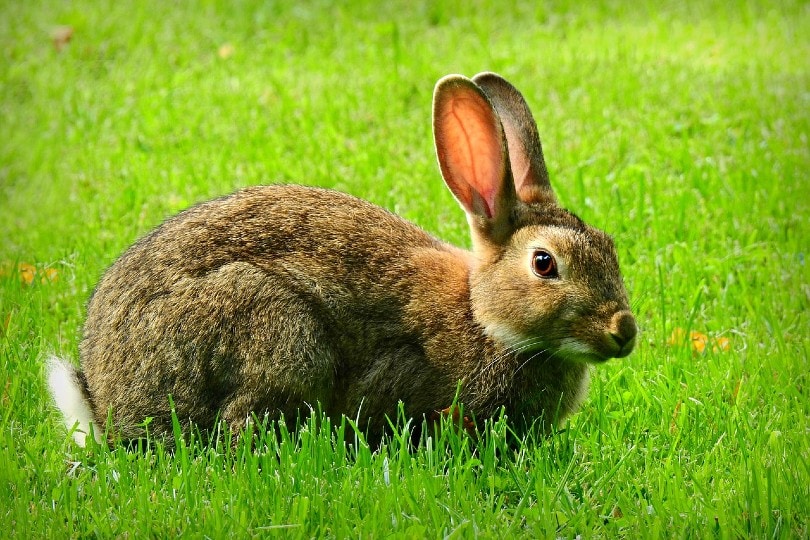
36. Young rabbits are sold in pet stores and impulsively bought.
Their cuteness is hard to resist. People buy these small bunnies thinking they’ll make great pets without knowing how much work is required to keep them healthy and happy. Bunnies are often bought around Easter as presents for children. After the novelty wears off and the bunnies get bigger and become a chore, they aren’t wanted anymore.
The animals are often let loose outside, leading to their deaths because they are domesticated pets and don’t know how to survive in the wild. If they aren’t turned loose, they wind up in shelters. If you’re considering adding a rabbit or two to your home, check the local animal rescues first.
Some rescues exist solely for rabbits, so you can find the perfect pet and save a life at the same time.

Things to Know Before Getting a Rabbit
Adding a rabbit to your home is exciting. First, you’ll have to decide where they will live. Many pet rabbits enjoy hopping around the house and hanging out with the family. If you’re going to let your rabbit out of the cage for exercise and enrichment, and you really should, you’ll need to bunny-proof the home.
Rabbits chew on anything that they can, and blocking their access to your personal items and furniture is essential. Covering wires with plastic protectors or bunching them up and storing them out of the way will keep your rabbit safe. Ensure your rabbit can’t reach cords, wires, electrical outlets, or plugs. Provide plenty of toys, wooden chew blocks, and sticks for them, and they’ll leave your things alone.
Shedding
Rabbits shed, and most shed heavily every three months. Brushing them daily will keep the shedding down and limit the amount of fur rabbits swallow when grooming themselves. Another fact about bunnies is they can’t vomit. When they ingest hair, it usually passes through their digestive system without a problem.
If the hairball gets stuck, they have no way to remove it. This is a medical emergency, and you’ll need to take your rabbit to the veterinarian immediately.
Diet
Most pet bunnies eat a diet of hay, pellets, and leafy green vegetables. They also like fruit, but should only eat it occasionally because of its high sugar content. Hay is important because it aids their digestive systems.
Remember to add plenty of chew toys to your rabbit’s enclosure to keep their teeth short and healthy. Fresh, clean water should always be available, and rabbits drink a great deal of it, probably due to all that chewing!
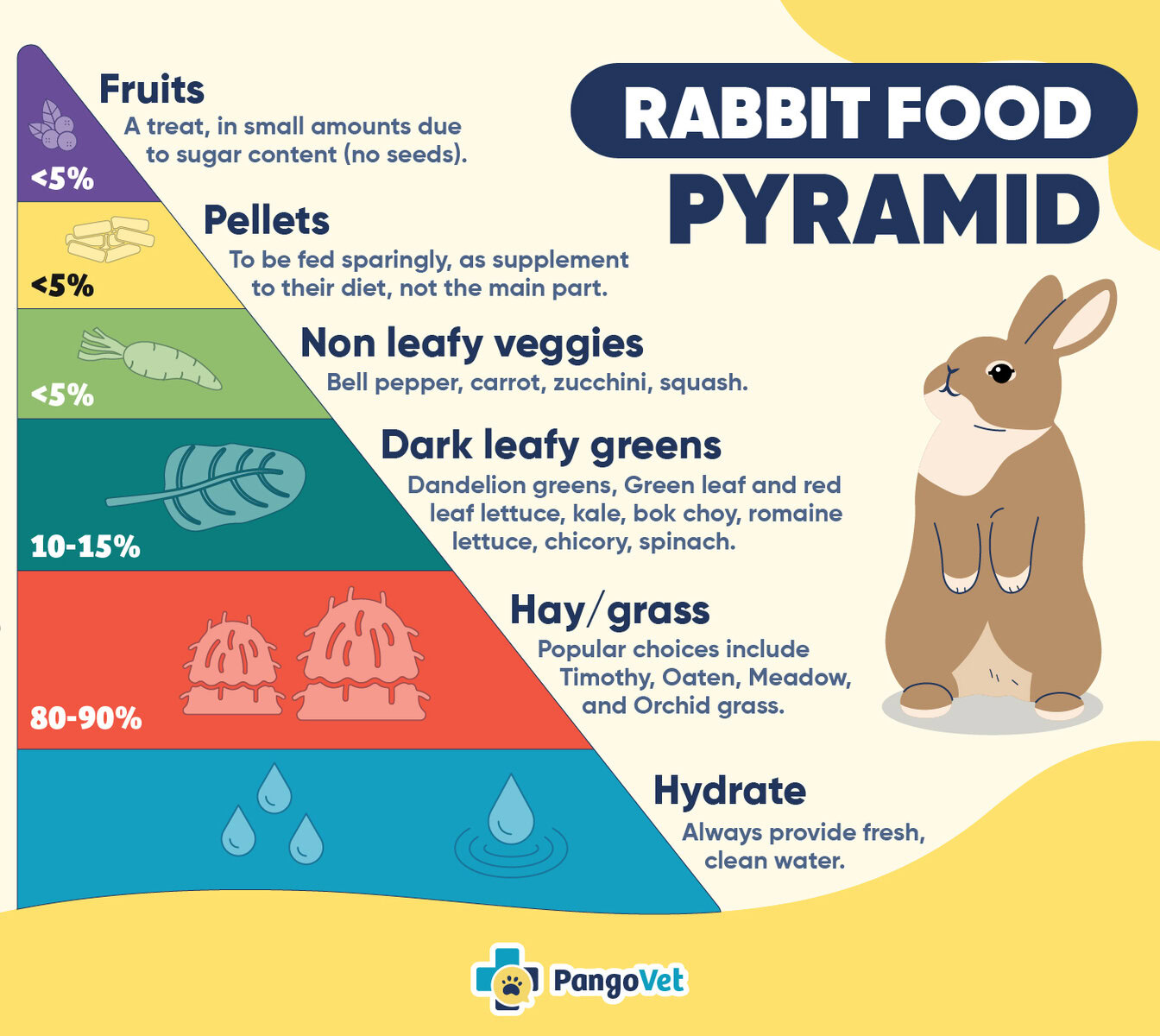

Conclusion
We hope that you’ve learned a few things that you didn’t know about our bunny friends. With the right amount of love and care, a rabbit can be a great companion for you and your family. While they require proper exercise, food, and veterinary care, they are rather easy pets to care for and show their love and affection in many ways.
If you’re considering adding one of these remarkable animals to your home, be sure to check out the rescues and shelters first. So many unwanted rabbits are just waiting for a home to call their own.
- You May Also Be Interested: Why Do Rabbits Dig Holes? 10 Reasons for This Behavior
Featured Image Credit: A Beijeman, Pixabay
Contents
- The 36 Rabbit Facts
- 1. A baby rabbit is called a kit or kitten.
- 2. Some rabbits live underground in the wild.
- 3. Rabbits can rotate their ears 180 degrees to pinpoint the exact location from which a sound is coming.
- 4. In addition to enabling them to hear and perceive potential danger, a rabbit’s ears help regulate their body temperature.
- 5. Bunny Island sounds like a dream, but it really exists.
- 6. If you have a pet rabbit, you may be able to pet your friend, but most rabbits don’t like to be picked up or held.
- 7. Your bunny may not be a cuddler, but that doesn’t mean they don’t enjoy your company.
- 8. You may think they’re the strong, silent type, but rabbits have a wide vocal range and can make sounds, including growling.
- 9. If it sounds like your rabbit is purring, they are—in a way.
- 10. Rabbit teeth never stop growing.
- 11. Bugs Bunny wasn’t telling the truth.
- 12. Bunnies may hop along happily, but they can also jump with force.
- 13. Rabbits can use litter boxes.
- 14. Bunnies are social creatures and choose to live in groups in the wild.
- 15. When rabbits are happy, they jump and sort of twist in the air.
- 16. A bunny’s eyes are on the sides of its head.
- 17. Wild rabbits have a lifespan of around 2 years.
- 18. The term “bunny” is an Americanized name.
- 19. Rabbits groom themselves as cats do.
- 20. When rabbits are grazing, you might think that they’re vulnerable.
- 21. As they bolt away, they usually run in a zig-zag pattern.
- 23. Another thing that confuses predators is the rabbit’s cottontail.
- 24. A rabbit’s tail is called a scut.
- 25. Scent glands in the rabbit’s chin are used to mark territory.
- 26. Rabbits flop when they feel content.
- 27. Rabbits can sleep with their eyes open.
- 28. A rabbit can be scared to death.
- 29. Rabbits are affectionate.
- 30. You’ll likely never win a staring contest with bunnies.
- 31. Bunnies are crepuscular.
- 32. No playtime can lead to a bored and depressed bun.
- 33. Male rabbits can be neutered, and females can be spayed.
- 34. Rabbits and guinea pigs don’t always get along.
- 35. Rabbits need adequate space to exercise.
- 36. Young rabbits are sold in pet stores and impulsively bought.
- Things to Know Before Getting a Rabbit
- Shedding
- Diet
- Conclusion
